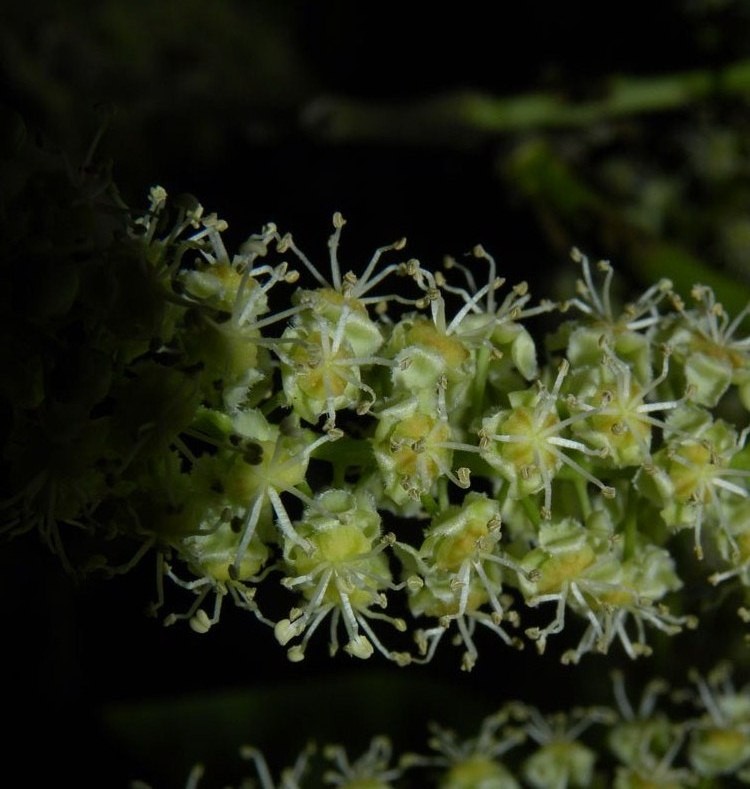Spanish lime
(Melicoccus bijugatus)

Description
Melicoccus bijugatus is a fruit-bearing tree in the soapberry family Sapindaceae, native or naturalized across the New World tropics including South and Central America, and parts of the Caribbean. Its stone-bearing fruits are edible. It is also called Bajan ackee, genip, guinep, genipe, ginepa, kenèp, quenepa, quenepe, quenette, chenet, skinup, talpa jocote, mamón, limoncillo, canepa, skinip, kenepa, kinnip, huaya, or mamoncillo. The genus Melicoccus was first described by Patrick Browne, an Irish physician and botanist, in 1756. This description was based on M. bijugatus trees which were cultivated in Puerto Rico. In 1760, Nikolaus Joseph von Jacquin described the first species in Browne's genus, which he named M. bijugatus. In 1762 Linnaeus used a spelling variation of the name Melicocca bijuga. Over the next two centuries, Linnaeus' spelling variation was used in almost all publications. A proposal was made in 1994 to conserve Melicocca over Melicoccus, but the proposal was rejected, leading to a restoration of the original version of the name. In 1888 German taxonomist Ludwig Radlkofer placed Melicoccus in the tribe Melicocceae together with eight other genera. In his monograph on the Neotropical members of the tribe (Talisia and Melicoccus) Pedro Acevedo-Rodríguez suggested that although Talisia and Melicoccus appeared to form a monophyletic group, the other (Old World) genera probably did not belong to the same lineage. The specific epithet bijugatus refers to the bijugate leaves, leaves which consist of two pairs of leaflets.
Taxonomic tree:







